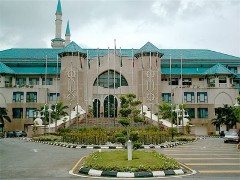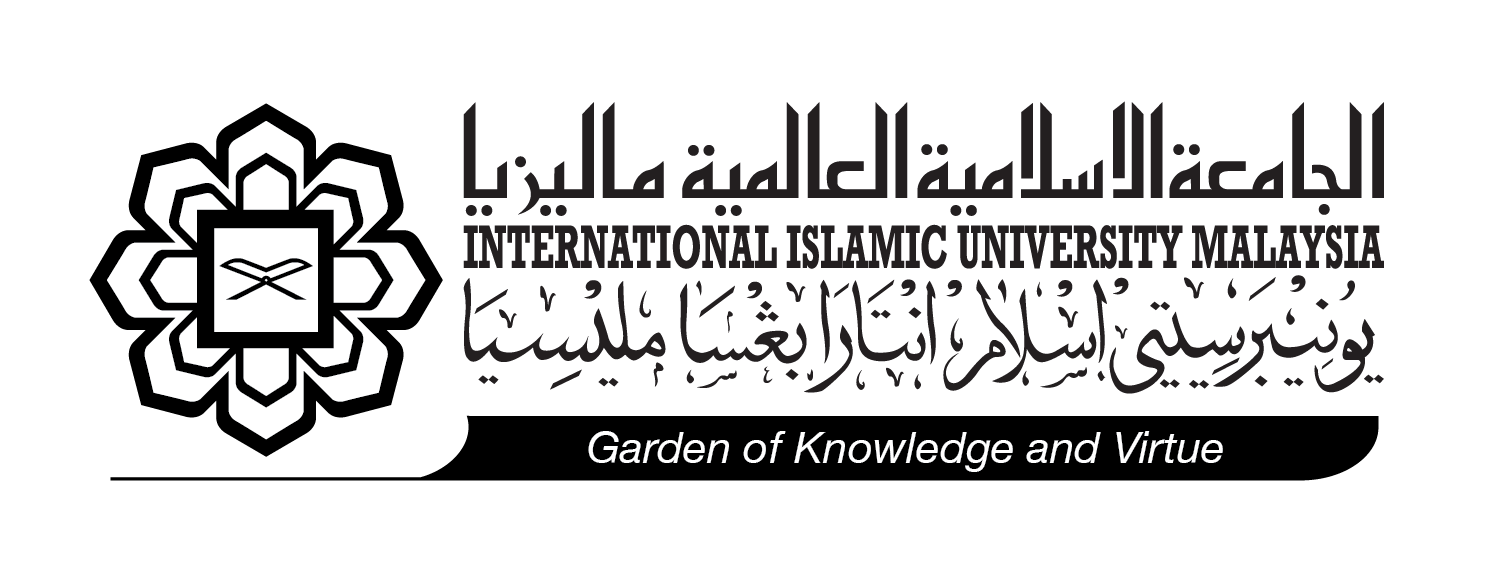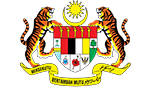Berita

IIUM a different type of university
Tarikh : 19 September 2018
Dilaporkan Oleh : dsh
Kategori : News
Tweet This
THE appointment of Education Minister Dr Maszlee Malik as president of the International Islamic University Malaysia (IIUM) by its constitutional head, the Sultan of Pahang, has attracted a mixed response.
While many are convinced that he is qualified for the job, many others have also expressed their objection to the appointment, saying that it would affect IIUM’s autonomy as a university and conflict of interest would arise as he is also the Education Minister.
If one were to understand the structure and constitution of IIUM, one could perhaps arrive at a better judgment on this issue.
While other public universities were established under the Universities and University Colleges Act (UUCA) 1971, IIUM was founded in 1983 under the Companies Act 1965 to allow the use of English and Arabic as its medium of instruction and to boost its global orientation.
image: https://content.thestar.com.my...
Furthermore, several countries from the Organisation of Islamic Cooperation (OIC) agreed to jointly establish IIUM with the government of Malaysia. These countries are Bangladesh, Egypt, Libya, Maldives, Pakistan, Saudi Arabia and Turkey. This may explain why the organisational structure of IIUM is different from other public universities in Malaysia.
For instance, while the chancellor of a public university is appointed by the Yang di-Pertuan Agong on the advice of the education minister, the constitutional head of IIUM is appointed by the Agong on the advice of the prime minister. The constitutions of other public universities allocate a post for pro-chancellor, who is appointed by the chancellor on the advice of the Education Minister. Instead of a pro-chancellor, IIUM has a president who is appointed by the constitutional head based on the advice of the prime minister.
The chief executive officer of other public universities is known as the vice-chancellor whereas in IIUM, he or she is known as rector. The constitutions of other public universities accord the power to appoint and dismiss vice-chancellors and deputy vice-chancellors to the Education Minister. However, the constitution of IIUM grants the power to appoint and dismiss a rector to the prime minister subject to the advice of the president, who is the appointing authority for the deputy rectors. Hence, having Dr Maszlee as IIUM president would actually reinstate the advisory role on the appointment of IIUM office bearers to the Education Minister, which is the norm in other public universities.
Another major difference between IIUM and other public universities is the membership of their boards of governors (BOG). The BOG of other public universities usually consists of a chairman, vice-chancellor, public service officials, representatives of the Senate, private sector, professional bodies, alumni, and a few notable individuals. The appointment of the BOG members must be approved by the Education Minister.
In IIUM, however, the BOG membership is quite different. The president chairs the BOG, where the members are the rector, representatives of the Senate, alumni, a few notable individuals, ambassadors from the countries that jointly founded IIUM and the secretary-general of the OIC. Apart from the ambassadors and the OIC secretary-general, the appointment of the IIUM BOG’s members must be approved by the director-general of the Inland Revenue Board and not the Education Minister.
If one were to study the IIUM constitution, one would see that it seems to empower the Domestic Trade and Consumer Affairs Minister more than the Education Minister. Any amendments to the IIUM constitution must first be approved by the registrar of the Companies Commission and the director-general of the Inland Revenue Board.
The role of the president in the day-to-day affairs of IIUM is limited since the rector assumes the role of a CEO as stated in the constitution. The main duty of a president is to chair the BOG meetings, advise the prime minister and form a select committee for the appointment of the rector, be the appointing authority for deputy rectors, serve as the appeal authority for students and staff, and preside at convocations upon request by the constitutional head.
The president is not a member of the Senate, the University Finance Committee, and the University Management Committee. Since the BOG of IIUM comprises ambassadors who represent their governments, it would be a good balance if somebody who represents the Malaysian government chairs its meetings.
Conflict of interest involves the probability that it would lead to negative effects on the larger public since the office bearer may put his or her personal interest above the group’s interest. If we don’t have a proper check and balance system to mitigate this, then it is dangerous. There are already some check and balance measures in the IIUM constitution since most of the appointments are not in the hands of the Education Minister or the president.
Furthermore, as explained earlier, the president’s role is limited. I believe that in any transition period, we should be lenient by allowing exemptions temporarily. The IIUM constitution provides five years for a presidential term, but unlike previous presidents, Dr Maszlee is given only three years by the constitutional head. It seems to me that his appointment is planned to be a temporary measure.
The current organisational structure of IIUM and its past experiences both seem to indicate that this university might be just fine, if not better, in having a minister as its president.
DR MUHAMMAD IRWAN ARIFFIN
Vice president
Academic Staff Association
International Islamic University Malaysia
Read more at https://www.thestar.com.my/opi...








